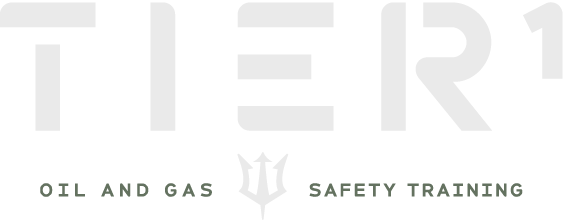The Shocking Truth About Lockout/Tagout That Could Save Your Life!
In workplaces across the country, many employees are exposed to dangerous machines and equipment that could lead to serious injuries or fatalities if not handled with extreme care. One of the most critical safety procedures is Lockout/Tagout (LOTO), which is designed to prevent the accidental release of hazardous energy during maintenance or servicing. While most employees are familiar with the term, many still overlook its importance or fail to follow LOTO procedures correctly.
What Is Lockout/Tagout and Why Does It Matter?
Understanding the fundamentals of Lockout/Tagout is essential for keeping yourself and your coworkers safe. The practice of LOTO is not just another set of rules to follow—it’s a lifesaving procedure that ensures machines are properly de-energized before they are serviced. It’s about making sure that machinery is locked out and tagged so no one accidentally turns it back on while someone is working on it.
The Shocking Statistics Behind LOTO Failures
But here’s the shocking truth: many workers underestimate the importance of following LOTO procedures to the letter. In fact, a lack of adherence to LOTO safety measures is one of the leading causes of industrial accidents. According to the Occupational Safety and Health Administration (OSHA), thousands of workers suffer injuries or even lose their lives every year due to improper lockout/tagout practices. The truth is, these accidents are often preventable with proper training and vigilance.
Why LOTO Procedures Are Vital for Your Safety
Lockout/Tagout is not just a box to check during safety training—it’s a comprehensive approach to workplace safety. Many companies have lockout procedures in place, but without proper understanding or consistent application, the procedures can fall short of protecting employees. That’s why ongoing safety training and regular audits are essential. Workers must understand not only how to perform lockout/tagout correctly but also the risks of neglecting it.
Components of Lockout/Tagout Procedures
Each lockout/tagout device has a specific role to play in preventing the accidental energization of machinery. These devices include locks, tags, hasps, and other tools that ensure machines cannot be turned back on until it is safe. Proper tagging and locking are not optional—they are a requirement to safeguard workers and meet OSHA standards. The failure to properly lockout/tagout a machine can result in an injury or death that could have been easily avoided.
Communication: A Critical Part of LOTO
It’s crucial to remember that lockout/tagout procedures extend beyond just shutting down equipment. It also involves notifying all affected employees that a lockout/tagout procedure is in place. This communication ensures that everyone in the area is aware that no one can operate the machinery during maintenance. This type of proactive communication could be the difference between life and death in an industrial setting.
The Importance of Ongoing Training
As the risks associated with improper LOTO procedures are so high, many companies are increasingly relying on specialized safety training programs to ensure that their employees are fully educated about the procedure. These programs often include hands-on training, mock drills, and refresher courses to help workers stay sharp and vigilant. But this training needs to be taken seriously. Neglecting to follow LOTO procedures can result in severe consequences, including catastrophic injuries and even fatalities.
Common LOTO Mistakes and How to Avoid Them
Now, let’s talk about some of the most common mistakes that workers make when implementing Lockout/Tagout. One of the biggest errors is failing to verify that all energy sources are properly isolated. This step is crucial because if even a single energy source is left unaccounted for, the equipment can still pose a significant risk to the worker. Verifying that the equipment is completely de-energized and cannot be re-energized without the worker’s knowledge is one of the most important parts of the LOTO process.
How to Get Started with LOTO Training
If you’re wondering how to get started with LOTO training or refresh your team’s knowledge, there’s no better time than now. Tier 1 Safety offers extensive safety training programs and certification courses to ensure that your workplace is up to date on the latest safety protocols. Investing in quality training can save lives and prevent accidents from happening in the first place. The shocking truth is that it’s not enough to just have LOTO procedures in place—you need to ensure everyone knows how to use them correctly.
Conclusion: Lockout/Tagout Is a Lifesaving Necessity
In conclusion, Lockout/Tagout procedures are essential for preventing workplace injuries and fatalities. The shocking truth is that countless accidents could have been prevented with proper LOTO procedures in place. Workers need to understand the importance of these procedures and be trained to follow them rigorously. When you take the time to properly lockout and tagout machinery, you’re not just following a safety procedure—you’re protecting yourself and your team from the dangers of industrial work.

